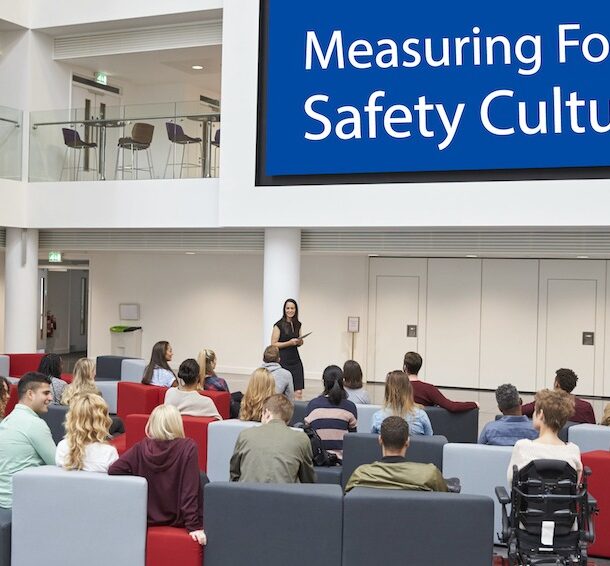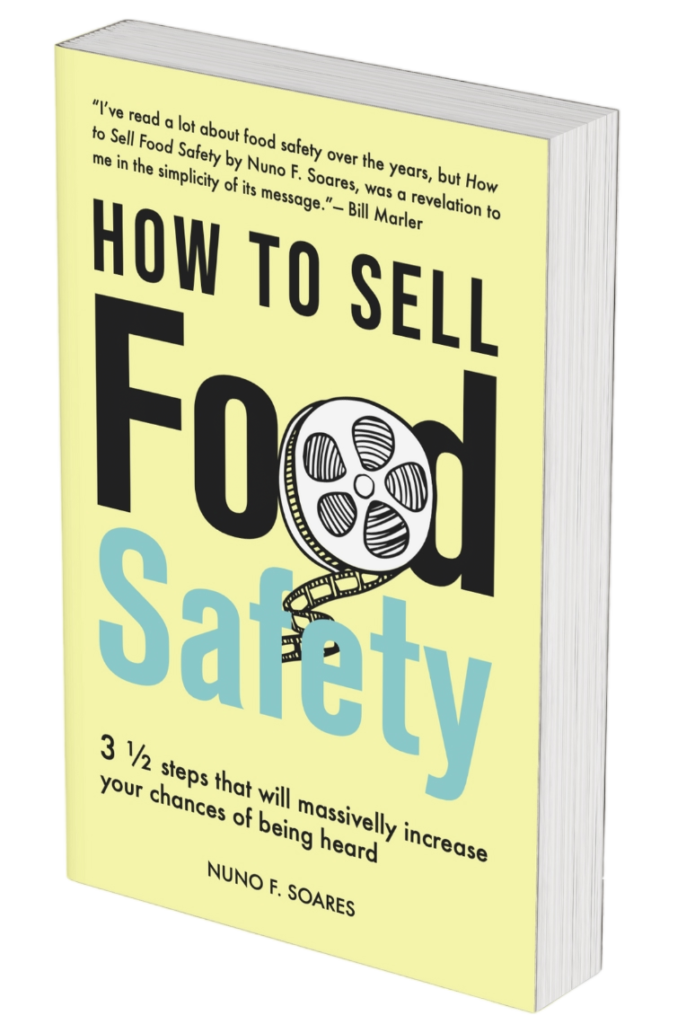
When defining control measures and even conformance criteria we must take in consideration not only our organization’s position in the food value chain but also how consumers are susceptible to some specific hazards. Age is one risk factor that must be taken in consideration.
The aging adult population is increasing in the United States and worldwide. In 2000, there was an estimated population of 35 million seniors in the U.S. By 2030, it is estimated that 71 million Americans and more than 1 billion individuals worldwide who will be older than 65 years of age. According to United States Department of Agriculture (USDA) foodborne illness represents a greater risk for the elderly for different reasons. As we age, our bodies are less able to resist bacteria, including bacterium which cause food poisoning. Many elderly adults live with chronic conditions, such as diabetes and cancer, and they consume medicine and are administered chemotherapy which are known to weaken the immune system. Also, stomach acid production decreases as people age, thereby reducing their natural defense against ingested bacteria. The sense of taste, vision and smell, affected by medication or illness, may not detect when food is spoiled or contaminated (e.g. discolored, moldy or with uncharacteristic odors).
The Center for Disease Control (CDC) in the United States estimates that each year nine microbial pathogens cause 3.5 million foodborne illness and over 1,200 deaths. Of the nine pathogens, Salmonella has the highest rate of infection for adults age 60 and older; Listeria is the pathogen most severe with the highest number of deaths among the same age group. According to European Centre for Disease (ECDC), more than 2,500 confirmed cases of Listeria and 220 deaths were reported in 2017. Raising awareness amongst of listeriosis and risky food among the elderly where the majority of cases occur is important, added the agency. Thermal treatment when efficiently applied has sufficient penetration to destroy Listeria but when such treatments are not practical on certain products, such as ready-to-eat, fresh fruit, vegetables, or salads, the industry must emphasize hazard prevention.
What can we do?
First you must know your clients/consumers. Who is your target market? Are your products consumed mainly by the elderly?
If you look to food safety systems and HACCP, it is common to see a reference to target consumer or intended customer. HACCP has always been based on a preventive approach and that means that we must adequate our food safety systems not only to our product or facilities but also to the clients/consumers we serve.
This means that when defining control measures and even conformance criteria we must take in consideration not only our organization’s position in the food value chain but also how consumers are susceptible to some specific hazards. And of course, as explained above, age is one risk factor that must be taken in consideration.
Considering the pathogen Listeria to target, control recommendations may go further than what government agencies require. Therefore, professionals are encouraged to develop a risk based Environmental Monitoring Program (EMP), an efficient and detailed Sanitation Program, and appropriate Good Manufacturing Practices. The EMP is better designed when the monitoring area is mapped according to the traffic patterns of people, equipment, forklifts, and waste, with the understanding that Listeria can travel and spread itself throughout a facility. Then define the swabbing sites by selecting hard to reach places such as connections, welded or bolted joints, uneven surfaces and rarely cleaned areas. For the Sanitation Program, the recommendation is to change the chemical agents while alternating the pH of detergents used to clean drains and floors in order to create a more hostile environment for Listeria. The most important point is to remember that the objective of an EMP is not to prove the organism is absent, rather it is a tool to detect the Listeria before it becomes a food safety risk.
When you define your EMP and Sanitation program don’t hesitate to customize it to the product or process. If you have defined to conduct a swab once a day, don’t do it only when it’s convenient for the person who is doing it but do it when it matters (frequency and efficacy).








